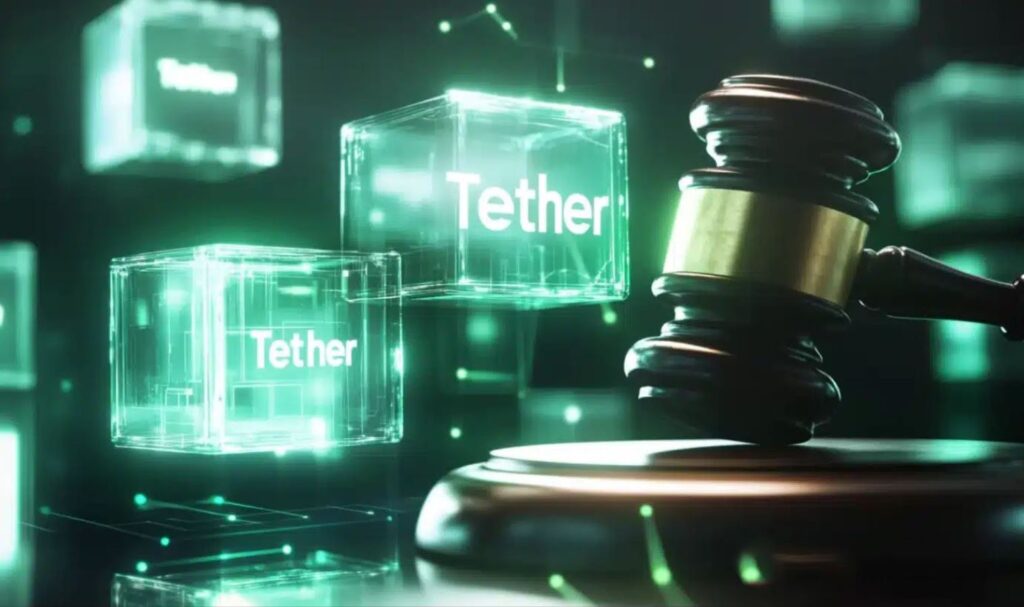Tether has announced a major development that will bring its stablecoin USDT directly to Bitcoin’s infrastructure, significantly enhancing the speed and efficiency of transactions by leveraging the Lightning Network.
On January 30, at the Plan B Conference in El Salvador, Tether revealed that it would integrate USDT into both Bitcoin’s base layer and its Lightning Network. This integration marks a significant step for Tether as it extends its reach beyond traditional blockchain networks and taps into Bitcoin’s vast infrastructure for faster and cheaper transactions, especially in real-world financial applications like remittances, payments, and everyday transactions.
Tether’s CEO, Paolo Ardoino, emphasized the company’s goal of offering practical solutions for global financial transactions that require both speed and reliability. With this move, users can now send USDT over Bitcoin’s base layer and the Lightning Network, both of which will facilitate micropayments and lower transaction costs. This initiative is expected to drive broader adoption of stablecoins for global remittances and cross-border payments.
The key technology enabling this integration is Taproot Assets, a protocol developed by Lightning Labs. Taproot Assets allows for the issuance of digital assets on Bitcoin’s main chain while enabling transactions to be settled via the Lightning Network. This protocol, introduced in 2023, helps bridge the gap between stablecoins and Bitcoin’s infrastructure, enabling near-instant and low-cost transactions on the Lightning Network.
With USDT now functioning seamlessly across both Bitcoin’s main chain and the Lightning layer, this move is poised to expand Bitcoin’s role in global finance, as millions of users will be able to send dollars across borders in a secure and decentralized manner. Elizabeth Stark, CEO of Lightning Labs, noted the broader impact of this integration, suggesting that it would enable people to send dollars globally with the security and transparency of Bitcoin.
USDT has been dominating the stablecoin market, with a market capitalization of $139.4 billion as of January 2024, nearly three times that of USD Coin (USDC). In 2024 alone, USDT processed over $10 trillion in on-chain volume, rapidly approaching the annual payment volume of Visa, which is $16 trillion.
This announcement also comes on the heels of Tether’s recent move to El Salvador, the only country where Bitcoin holds legal tender status. However, El Salvador’s Legislative Assembly amended the country’s Bitcoin Law on January 30, reversing the mandatory acceptance of Bitcoin by merchants. The change makes Bitcoin acceptance optional for businesses, aligning with conditions set by the International Monetary Fund (IMF) for a $1.4 billion loan to stabilize the country’s economy.
In summary, Tether’s integration of USDT with Bitcoin and the Lightning Network represents a significant milestone in the evolution of stablecoins and their role in real-world applications, such as remittances and global payments. It also underscores Bitcoin’s growing importance as a foundation for financial innovation.


Good news